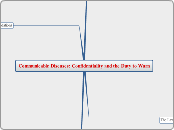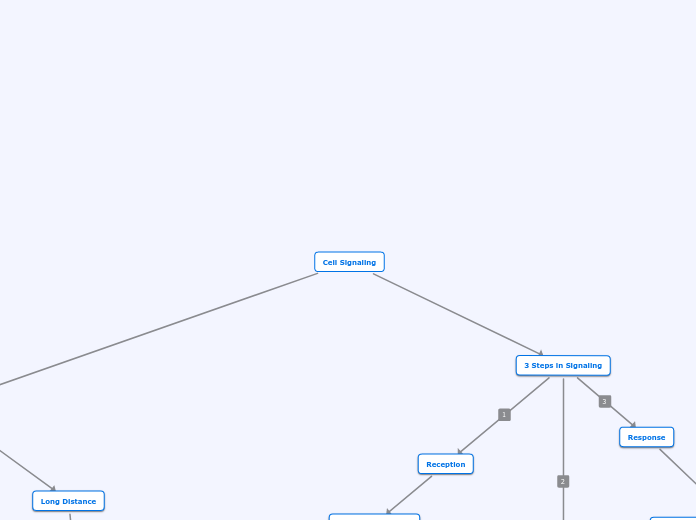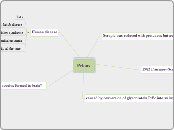NAR Database
Why it is useful?
understanding high level function and utilities of biological system
for 3D prediction
provide data collection of enzyme
NextProt
provide variety types of imformation on human protein
to know the protein cluster
provide collection of protein from complete genome of prokaryote, plasmid, viruses, organelles, protozoa, and plant
provide DNA sequence
facilitate the detection of functional homologies
predict present of domain and important sign
usefull for functional analysis of protein sequence
have small collection of data for study supra molecular system
measured binding affinities
Description
Binding DB : Binding database
Interpro : Integrated resource of protein
Protein Cluster : Collection of related protein sequences consists of protein derieved from annotation of whole genomes, organelles and plasmids
SBASE : Domain prediction system
Gen Bank : Sequence databease, annotated collection of all available nucleotide sequences and their protein translations
NextProt : New human protein-centric knowledge platform
BRENDA : Comprehensive enzymes information system
KEGG : Database resource for understanding function and utilities of the biological system
PDB : Protein database
types of databse
PDB
enzyme and enzyme nomenclature
KEGG
BRENDA
Binding DB
nucleotide sequence database
International Nucleotude Sequence Database Collaoration
GenBank
nextProt
protein sequence motif and active site
protein domain database
SBASE
Protein Cluster
InterPro
how it is organize?
devided to 8 section
8
molecular biology database
7
plant database
6
diseases and drug
genomic variation
5
model organism
comparative genomics
human genome
4
protozoa and fungi
bacteria
viruses
3
protein modification
enzymes
metabolic and signaling pathway
2
protein-protein interaction
motive and domain
protein sequence and structure
1
transcriptional regulation
nucleic acid sequence and structure
annually update or revised
year 2014: 185 articles published
recent update: 123 databases
58 new molecular biology database









